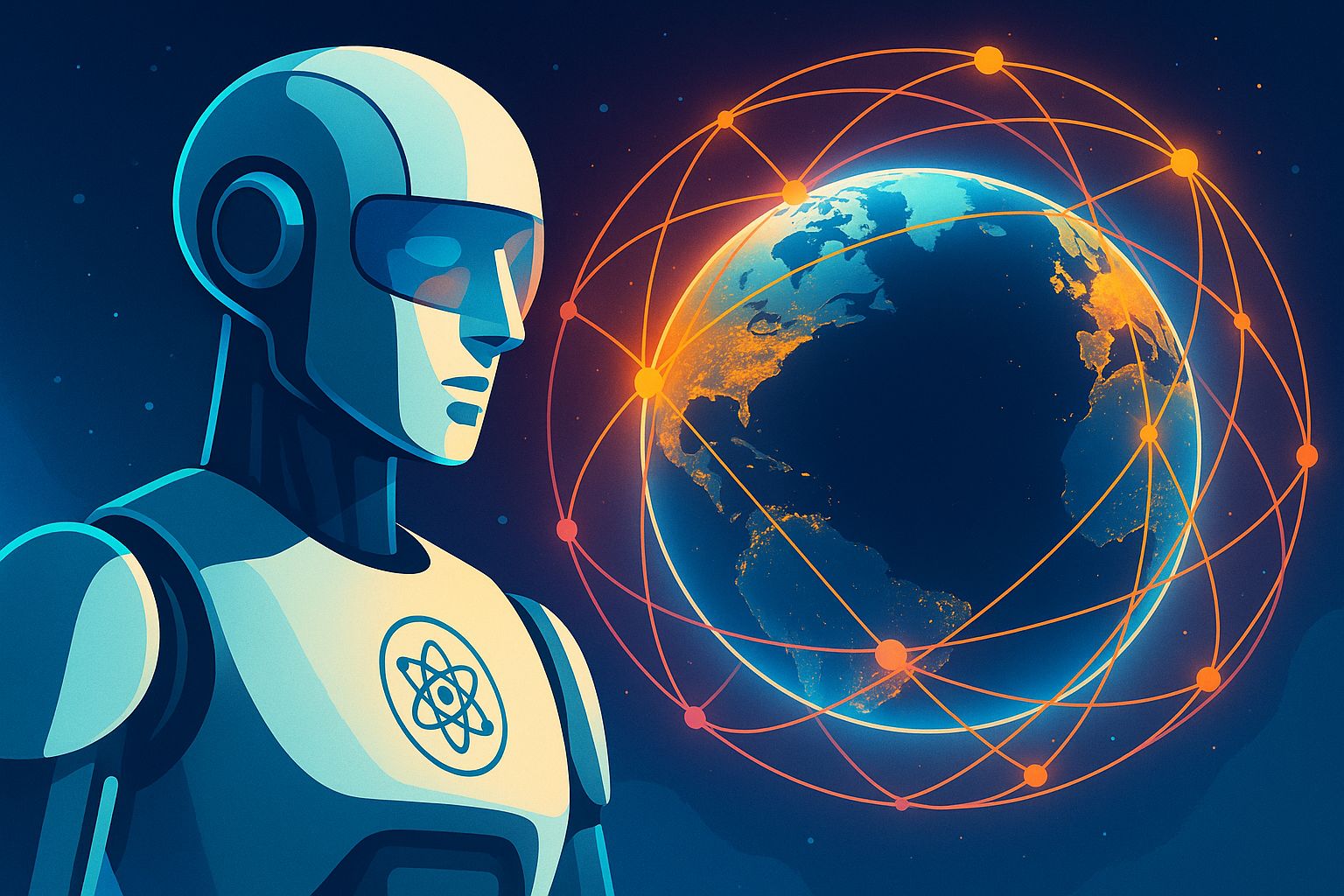- XcessAI
- Posts
- From LLM to WM
From LLM to WM
The Next Leap in Artificial Intelligence?

Welcome Back to XcessAI
When Elon Musk calls something his ‘Manhattan Project,’ it’s not a product launch — it’s a race. And this time, the goal isn’t a bomb. It’s an AI that can imagine the world itself.
Musk’s xAI is reportedly building a “world model” — a system that doesn’t just process language, but builds an internal simulation of reality to reason, predict, and act.
NVIDIA says these models could rival the global economy in scale. Sceptics call it a fantasy.
Either way, it signals a major shift in the AI race — from chatbots that react to systems that understand.
It’s not about chatting anymore — it’s about thinking.
Quick Read
Bottom-line: xAI’s “world models” aim to give machines an internal model of reality — a mental map they can use to reason and plan.
From words to worlds: AI is evolving from language generation to environmental simulation.
Musk’s xAI sees physical reasoning — not text — as the true path to intelligence.
NVIDIA says the economic impact of world models could rival the global economy.
But some argue they’re chasing a philosophical mirage: can machines truly “understand” causality?
Either way, this is the next frontier — and it’s closer than it sounds.
What Exactly Is a “World Model”?
Imagine this:
A factory that simulates every decision before making it.
A financial model that runs millions of alternate timelines before allocating capital.
A city traffic grid that learns weather, human habits, and mood — then rewrites itself in real time.
That’s the promise of world models: machines that don’t just describe reality — they rehearse it.
A world model is an AI that tries to form an internal map of how reality works — not just what words mean.
Unlike language models, which predict text, world models predict outcomes.
They simulate cause and effect — a car turning left, a ball rolling downhill, a market reacting to news.
Think of it as the jump from autocomplete to foresight.
In robotics, this means better planning.
In business, it means predictive AI that doesn’t just analyse the past — it simulates the future.
Why xAI Is Betting Everything on It
Musk’s argument is simple:
“You can’t reach true intelligence without understanding the physical world.”
xAI’s mission is to teach AI physics, perception, and logic — the things humans learn by existing in reality, not just reading about it.
That’s why it’s building multimodal world models, trained not only on text and images, but also on real-world sensor data from Tesla’s fleet — billions of miles of video, radar, and environmental feedback.
Each car, in effect, becomes a moving node in a global simulation engine, helping AI learn how the world actually behaves.
The company’s Dojo supercomputer provides the infrastructure to process this torrent of sensory data, while Grok, its conversational model, acts as the cognitive layer — translating world understanding into reasoning and dialogue.
Meanwhile, X (Twitter) supplies a stream of real-time world updates, and SpaceX adds an extraterrestrial layer of perception — extending that world model beyond Earth itself.
It’s an ambitious fusion: Tesla for perception, Dojo for training, Grok for cognition, X for awareness, and SpaceX for exploration.
Together, they form the scaffolding for an AI that doesn’t just talk about reality — it learns from living in it.
Language, Musk believes, is just a symptom of intelligence.
Understanding the world is its cause.
NVIDIA’s Claim — and the Economic Stakes
Analysts at NVIDIA have suggested that ‘world models’ could eventually grow into ecosystems with an impact comparable in scale to the global economy.
Why?
Because these models would underpin everything that involves simulation, planning, or control — from climate models to logistics networks to financial markets.
If language models made AI talkative, world models could make it decisive.
But that scale comes with cost: unimaginable compute, real-time data, and complex governance.
In short, this won’t just be an AI revolution — it’ll be an infrastructure one.
The compute scale these models demand could rival the world’s largest energy grids — and the returns, entire industries.
Scepticism and the Limits of “Understanding”
Not everyone is convinced.
Critics argue that a “world model” is still just math — a probability engine, not a consciousness.
Philosophers call it the simulation fallacy: modelling isn’t the same as understanding.
An AI can simulate gravity, but does it know why things fall?
Even so, dismissing the idea may miss the point.
Real comprehension might not be required — practical intelligence might be enough to change the world.
Implications for Business
This shift could redefine how companies use AI:
Decision Simulation: Use AI to test strategic scenarios before acting in the real world.
Digital Twins: Build entire factory, market, or supply chain simulations powered by world models.
Risk and Resilience: Replace static models with dynamic, predictive systems.
Autonomous Systems: From cars to warehouses, machines that reason about their environment can act independently.
The line between “planning” and “prediction” may blur — and whoever owns the best model of the world may own the next economy.
Closing Thoughts
World models mark the next leap — from machines that talk about the world to those that simulate it.
If LLMs gave AI the ability to converse, world models may give it something closer to common sense — and, perhaps, curiosity.
The race is on.
And like the original Manhattan Project, the question isn’t just whether it will work —
but whether we’re ready for what happens if it does. After all — the first Manhattan Project didn’t just change science. It changed humanity.
Until next time,
Stay adaptive. Stay strategic.
And keep exploring the frontier of AI.
Fabio Lopes
XcessAI
P.S.: Sharing is caring - pass this knowledge on to a friend or colleague. Let’s build a community of AI aficionados at www.xcessai.com.
Read our previous episodes online!
Reply